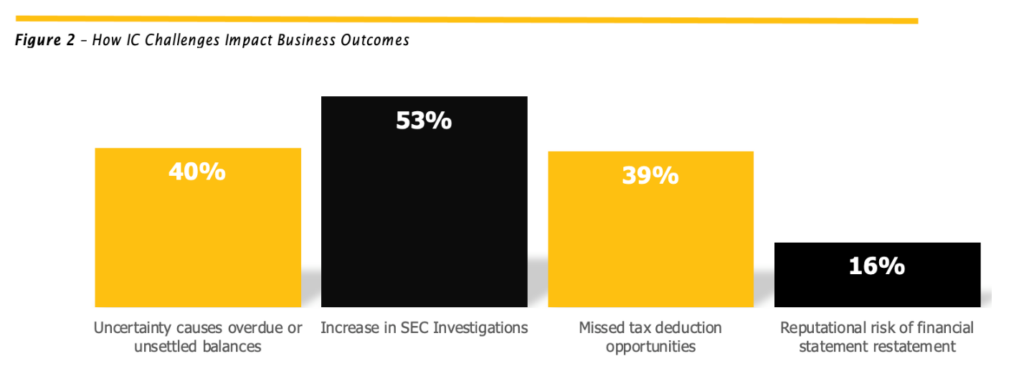Effective management of accounts receivable (AR) is critical for the financial health of any organization. Timely collection of outstanding payments can improve cash flow, reduce the risk of bad debts, and enhance overall financial stability. However, manual AR processes can be time-consuming, prone to errors, and lack actionable insights.
Automating Cash Application
Cash application is a fundamental part of the AR process, where incoming payments are matched with outstanding invoices. Traditionally, this has been a tedious and error-prone task. With AR technology, cash application becomes automated and efficient. The system should intelligently match payments with invoices, reduce manual efforts and ensure accuracy. This automation can save valuable time for finance teams, allowing them to focus on higher-value tasks.
Enhancing Payment Matching
One of the common challenges in AR management is dealing with diverse payment sources and remittance formats. AR automation technology addresses this issue by seamlessly scraping payment information from various sources, such as bank statements and remittance invoices. The technology should match this data with relevant invoices, streamlining the reconciliation process. As a result, organizations achieve better visibility into their cash flow and minimize the risk of unidentified or misapplied payments.
Customer Risk Assessment
Understanding the creditworthiness and payment behavior of customers is vital for managing risk in AR operations. Technology such as BlackLine’s solution’s customer attractiveness scoring system helps organizations identify customers with varying levels of risk. By analyzing factors such as payment history, outstanding debts, and payment trends, the system assigns grades to customers, enabling finance teams to prioritize collections efforts and manage credit exposure more effectively.
Cash Flow Forecasting
Cash flow forecasting is an essential practice for any organization to plan and manage financial resources efficiently. An AR Intelligence solution should empower finance professionals with data-driven insights to make informed cash flow predictions. By analyzing historical payment patterns, invoice due dates, and customer payment behaviors, the system provides accurate forecasts, helping organizations anticipate cash inflows and outflows with greater precision.
In today’s fast-paced business landscape, optimizing financial operations is essential for sustainable growth and success. AR solutions offer comprehensive and intelligent approaches to streamline accounts receivable processes. By automating cash application, enhancing payment matching, and providing valuable insights through analytics, organizations can reduce manual efforts, mitigate risk, and achieve better financial outcomes.
Learn more about optimizing AR – watch our on-demand webinar, BlackLine in Action: Optimizing Your Accounts Receivable Process.










